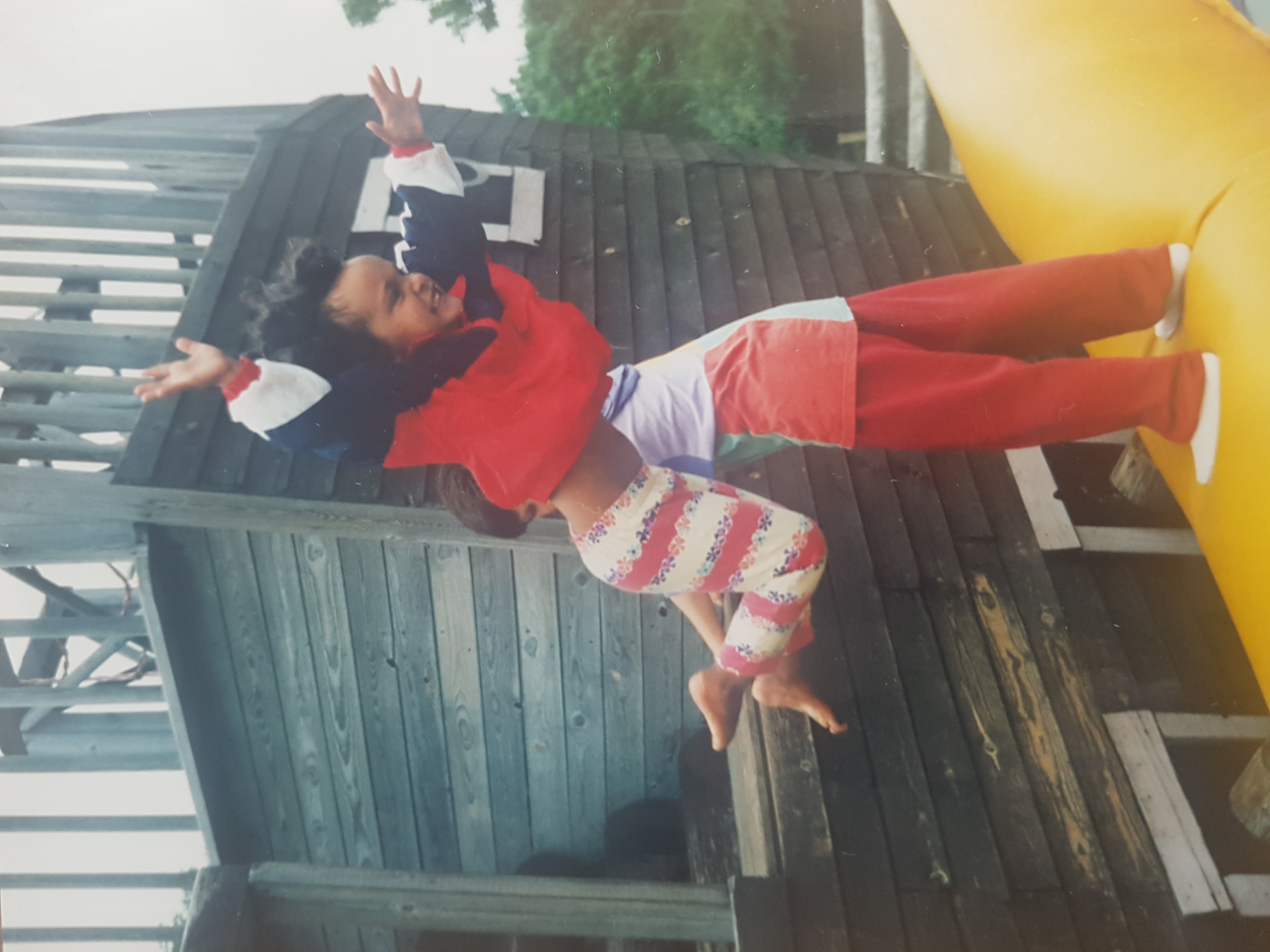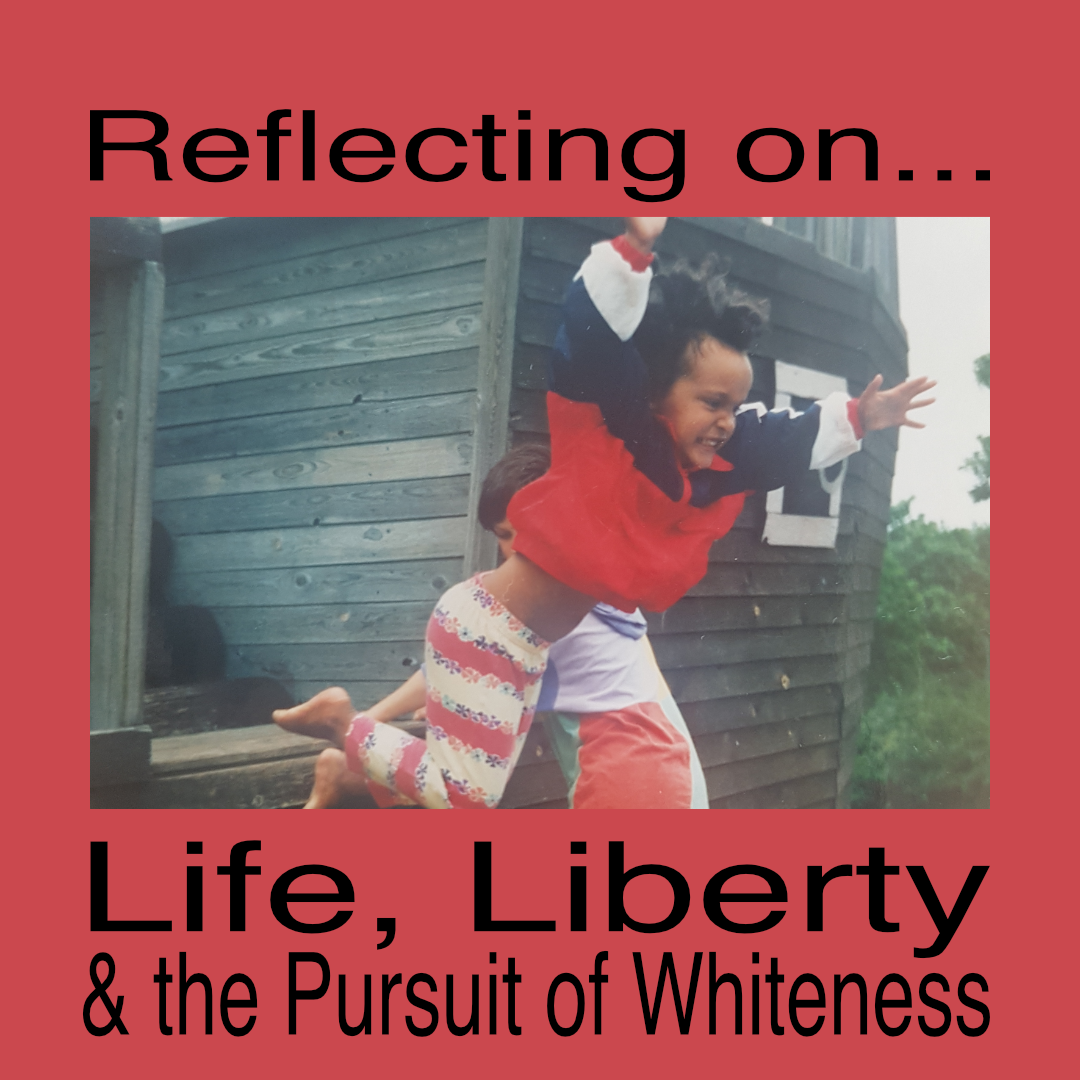

I find it hard to avoid thinking about how often I am met with confusion when I claim to be interested in critical whiteness studies. Equally, any mentioning of critical race theory, or CRT, will more often than not produce the same furrowed brows and stunned silence. I do my best to explain the subject matter in a way that most people are likely understand, but, alas, I am not a teacher. Neither do I get paid for constantly sharing my knowledge, in fact, it becomes quite tiresome to elaborate on such a complex topic over and over again, whilst never being able to see any real progress in society at large nor in my immediate surroundings.
I recently finished reading the highly anticipated novel Sockerormen (2021) by Karin Smirnoff, whose previous work, the critically acclaimed trilogy about Jana Kippo, left readers positively aching for another hit. When the book finally arrived at my door, I tore into it like a starved wolf, gulping it down whilst hardly pausing for breath. As it turned out, I quite enjoyed Sockerormen, even though it was jam-packed with all kinds of foul misdeeds – abuse, poverty, rape, starvation, and all of it regarding very young children. However, putting these topics aside (as if it were that easy; some particularly vile parts seem hard to suppress) there were other aspects of the novel that shone like beacons to a reader such as myself; that is, someone with a critical whiteness perspective constantly glued to their eyeballs. For instance, the protagonist Agnes is regularly referred to as a “g****” (or “t******” in Swedish), a slur commonly used for Romani (1). Agnes is also described as being dirty and unkempt, with unruly dark hair, and generally fits the description of a wild, troll-like child – which might seem like coincidence but the recurrence is not to be ignored. Whether or not Smirnoff is aware of the racially charged characterization of young Agnes, the author has inexplicably aligned herself to a long list of Swedish authors who have been prone to using the same stereotype.
Associating Romani/the Other/blackness with animalism, corporeality, dirt, sexuality, and wildness (in short, such characteristics that within the so-called Western world are seen as inferior) is not uncommon in Swedish literature, in fact, the roots go very deep. Therese Svensson, who recently finished her PhD in Comparative Literature at the University of Gothenburg, is a prominent researcher within early Swedish working-class literature. Svensson’s reading of Moa Martinson, one of Sweden’s biggest proletarian authors, in the article ”Livet i grådomslandet: En vithetskritisk läsning av Moa Martinsons ‘Mor gifter sig’” (2013) shows just how embedded this tradition of incorporating a black Other is in Swedish literature. That is why I am both disappointed and hardly surprised when Smirnoff carries on in much the same way in her work as the Swedish authors before her. After all, we are living in the year of 2021, have we yet to learn to not only avoid using racial slurs, but also be more aware of the art we create? Even considering that the plot of Sockerormen takes place in the 1980s, the actual writing of it is a thing of the now. I find it hard to look past the indicators of whiteness that seem to scream at me from the pages of the book; the obvious racist language, the Christian aspects (one of several pillars of whiteness, as I see it), and the animalistic portrayal of the Other(s). In what I now consider a foolish experiment, I turned to a well-established literature group on Facebook with nearly 13,000 members to enquire about said book and if there was anyone else with a knowledge of critical whiteness studies/critical race theory who had read the book and wanted to discuss it. I was, in my opinion, quite clear that I wanted to discuss Sockerormen with this particular perspective in mind and not have to explain what I consider to be the very basics. There was only one reply, and I had a hunch that this person had in fact no idea about critical whiteness studies, which became painfully clear as they managed to dodge my questions about which aspects of whiteness stood out for them in the book. Somehow it all ended with them telling me they wish they had been given a proper chance. They had. Repeatedly. It was still not enough. So even when presented with a clear instruction, some still find it hard to accept the fact that no, you do not have a right to someone else’s free time as much as you like. I found myself, once again, wishing that someone could come and educate these people so that I do not have to do it anymore.

There has been a recent surge in discussions concerning CRT, particularly in the US where it has become a heated topic in regard to education – should schools teach children about CRT or not? What is it even about? Feel free to ignore people like Governor Ron DeSantis of Florida, who claim that CRT is about how “[t]he woke class wants to teach kids to hate each other, rather than teaching them how to read”. To me, critical whiteness studies and/or critical race theory (they are not strictly synonymous but tend to intertwine in several areas) is about looking at the structures in our society that are rooted in racism. In other words, this way of critically approaching societal norms shows how everybody, whether with good intentions or no, helps to maintain a certain order that benefits some disproportionately to others. It is not necessarily about one bad person being racist, it is about the societal surroundings that shape that person. Let me exemplify: Some time ago, on my personal Instagram account, I posted a picture of my father (white man), my brother and myself (black children) along with a caption that was meant to highlight my father’s 70th birthday. Days after, a colleague of mine approached me and asked if the boy in the picture was my half-brother, or if I even knew if we were actual siblings. Apoplexy. I was not offended by the assumption that I was adopted, however I was offended by the nerve of asking such a shockingly intimate question. Suddenly, I was thrown back to my childhood when a boy in my class told me my father could not be my real father because we were different colours; “white” and “brown”. While it is easy to direct anger at these two individuals for their comments, the actual target should be the society that has taught them that families have to have the same skin colour to be “real”, and that if parents and their children have different skin tones the children were probably adopted. This is where CRT would have been mighty helpful in school and would have most likely eliminated a lot of the identity crises that were part of growing up as a non-white person in a very white world. Linda Martín Alcoff writes in Visible Identities: Race, Gender, and the Self (2006) that “the West (meaning Anglo-European cultures) is where we can find the origin of race as it is used today.” This habitual way of categorization and classification, where the main focus is the phenomenological perception (e.g., physical and visible characteristics), is what makes race today a matter of looks. By shedding light on these types of practices, we can see that these two people, who so brazenly voiced their opinions about my heritage, are very much the victims of their own upbringing.
The irony of it all is that in the 1960s, Sweden made itself out to be the best country to house adopted children from so-called Third World countries. In fact, there was those who thought that transnationally adopted children do not experience racism in Sweden because it does not exist - to stare or ask stupid questions is not rude, but a sign of human curiosity. Others thought the adopted children, as the first big group of new non-white Swedes, would make sure racism never got a hold in Sweden. Needless to say, that is not quite what happened. And at some point in time, surely getting asked the same questions and being gaped at becomes more than simple curiosity – it becomes structural.
I think about those children coming to Sweden a couple of decades ago. I think about myself as a child, about the disoriented feeling of looking around and seeing few (if any) reflections of myself in others. The constant search for a state of contentment and self-acceptance, so rare even these days, is ultimately about being free, liberated from the norms and structures that govern our (human) race. I do believe there is hope for the children of the future, and I also believe that in order to get there we have to implement some actual change, starting with incorporating CRT into everyday life. Or, in a way, listen to DeSantis – hate less, read more.
(1) I choose not to write out this word, the g-word, as it is demeaning to the Romani people.
(2) Therese Svensson, ”Livet i grådomslandet: En vithetskritisk läsning av Moa Martinsons ‘Mor gifter sig’”, Ord & Bild 2013:3, p. 65–69.
(3) Jacey Fortin, “Critical Race Theory: A Brief History”, The New York Times, https://www.nytimes.com/article/what-is-critical-race-theory.html.
(4) Linda Martín Alcoff, Visible Identities: Race, Gender, and the Self, New York: Oxford University Press, 2006, p. 2.
ESSAY
Hanna Skoglar - SEP 2021

The Reflecting on... series takes situations, objects, artworks, articles, texts, podcasts and anything else really as starting points for reflection on artist-led and self-organised (AL&SO) practice.
Ephemeral Care focuses on ethics, practice and strategies in artist-led and self-organised projects.